Terrazzo finishes are becoming a top choice for modern flooring, offering a stylish blend of durability and sustainability. As more people look for long-lasting, eco-friendly options, terrazzo stands out against materials like hardwood, tile, and concrete.
In this blog, we’ll compare terrazzo with other popular flooring types to help you choose the best fit for your space.
What Are Terrazzo Finishes vs Other Flooring Options?
Durable and Sustainable Choice
Terrazzo finishes are made by combining recycled aggregates like marble, glass, or stone with resin or cement-based binders. This mix is poured, cured, and polished into a smooth, seamless surface.
Known for durable terrazzo floors, terrazzo is both strong and stylish making it ideal for commercial and residential spaces. Its sustainable flooring options and long lifespan make it a top pick for eco-conscious projects.
Hardwood Floor Comparison
Hardwood floors offer a natural look and warmth but are more prone to scratches, moisture damage, and wear.
While wood flooring can be sustainable when sourced responsibly, it typically requires refinishing over time.
Compared to terrazzo, hardwood floors have shorter lifespans and higher maintenance needs. Terrazzo is far more durable and better suited for high-traffic areas, making it a longer-term investment.
Tile vs Terrazzo
Ceramic or porcelain tiles are common in homes and bathrooms for their water resistance and variety in design.
However, tile vs terrazzo shows clear differences as tiles have grout lines that can collect dirt and may crack under impact.
Terrazzo provides a seamless, custom look without grout, offering a smoother surface and easier maintenance. Over time, terrazzo proves to be more resilient and sustainable.
Polished Concrete Terrazzo
Polished concrete shares some visual similarities with terrazzo but lacks the same decorative and customizable features.
Terrazzo offers more design flexibility through colorful aggregates and polished finishes. While both are durable, polished concrete terrazzo often delivers better aesthetics and supports terrazzo maintenance benefits like stain resistance and easy cleaning.
Cost of Terrazzo vs Other Flooring
The cost of terrazzo can be higher upfront due to materials and installation, but its longevity and low maintenance make it cost-effective over time.
Hardwood and tile may seem cheaper initially but require more upkeep and replacement. According to Onyx Luxury Epoxy, terrazzo’s lifespan can exceed 40–50 years, offering value that outlasts most other flooring types.
Terrazzo Maintenance Benefits
Unlike wood and tile that may need regular sealing, refinishing, or deep cleaning, terrazzo maintenance benefits include simple cleaning with water and mild solutions.
Its smooth, non-porous surface resists stains and wear, making it ideal for schools, hospitals, offices, and homes seeking sustainable flooring options.
How Do Terrazzo Finishes Compare to Hardwood Flooring?
Visual Appeal and Design Versatility
When it comes to aesthetics, terrazzo finishes offer far more design freedom than hardwood flooring. Terrazzo can be customized with a wide range of colors, patterns, and textures using recycled aggregates like marble, glass, or quartz.
In contrast, hardwood floors are limited to natural wood grains and tones. While hardwood offers a classic, warm look, terrazzo allows for creative expression and modern design flexibility, making it ideal for both contemporary and traditional interiors.
Durability and Longevity
In terms of durability, terrazzo floors significantly outperform hardwood. Durable terrazzo floors resist scratches, dents, and moisture which is common issues with wood floors.
Hardwood can warp or stain from water exposure and often shows wear in high-traffic areas.
On the other hand, terrazzo maintains its appearance for decades with minimal signs of aging, making it a leading choice among sustainable flooring options for commercial and residential spaces.
Maintenance and Upkeep
Terrazzo maintenance benefits are a major advantage. Terrazzo surfaces are non-porous and easy to clean, requiring only mild solutions and occasional sealing.
Hardwood needs regular care, including polishing, refinishing, and protection from moisture.
Over time, maintaining wood floors can become costly and labor-intensive, while terrazzo remains low-maintenance and consistently sleek.
Cost Over Time
The cost of terrazzo is typically higher upfront due to installation and materials, but it offers excellent long-term value.
Hardwood flooring may have a lower initial price, but when factoring in refinishing, repairs, and shorter lifespan, it often becomes more expensive in the long run.
Terrazzo can last 40–50 years or more with proper care, making it a smart investment for high-traffic and high-use environments.
Sustainability Comparison
From an environmental perspective, terrazzo stands out. It often includes recycled materials and low-VOC resins, supporting sustainable flooring options and green building standards.
Hardwood can be sustainable if sourced responsibly, but it generally requires the harvesting of trees and may involve finishes that contain VOCs.
Terrazzo’s long lifespan and use of eco-friendly components give it a stronger edge in sustainability.
Why Are Terrazzo Finishes More Durable Than Tile Flooring?
Durable terrazzo floors are made with strong resins and aggregates, offering greater strength than ceramic or porcelain tiles.
Terrazzo has a continuous surface, unlike tile which has joints and grout lines that can crack or wear down over time.
Terrazzo finishes resist chipping and cracking better than tiles, especially in high-traffic areas like schools, malls, and offices.
Tiles can loosen or break under pressure, while long-lasting terrazzo finishes stay firm and intact for decades.
Terrazzo is less affected by water damage tile vs terrazzo shows that tiles often absorb moisture through grout, while terrazzo does not.
Terrazzo maintenance benefits include easier cleaning with no grout to scrub or replace, unlike tile flooring.
Over time, the sustainable flooring option of terrazzo proves more cost-effective by avoiding frequent tile repairs or replacements.
Cost Differences Between Terrazzo Finishes and Other Flooring Materials
- Initial Installation Cost
Cost of terrazzo is generally higher at the start compared to hardwood, tile, and polished concrete. This is due to custom mixing, skilled installation, and on-site finishing. However, it provides premium quality and a seamless design.
- Long-Term Value
While other floors may need repairs or replacement, durable terrazzo floors last 40–50 years or more. This reduces future expenses, making terrazzo a cost-effective sustainable flooring option in the long run.
- Maintenance Savings
Tiles need grout cleaning, hardwood requires refinishing, and concrete may stain. In contrast, terrazzo maintenance benefits include low upkeep, just basic cleaning and occasional sealing and saving money over time.
- Damage Resistance
Long-lasting terrazzo finishes resist chips, cracks, and moisture damage better than tile or wood. Fewer repairs mean fewer surprise costs, especially in high-use areas.
- Design Longevity
Trendy flooring may go out of style, but terrazzo’s timeless appeal keeps spaces looking modern for decades, reducing the need for aesthetic upgrades.
Terrazzo offers more design flexibility with customizable colors, patterns, and aggregates, while polished concrete has a plain, industrial look.
How Do Terrazzo Finishes Compare to Polished Concrete Flooring
Durable terrazzo floors are smoother and more resistant to stains and wear than standard concrete surfaces.
Terrazzo can be polished and resealed to restore its shine over time, maintaining a fresh appearance for decades.
Concrete may develop surface cracks and discoloration, making it harder to maintain its original look.
Terrazzo maintenance benefits include easy cleaning and long-lasting gloss, while polished concrete may need more frequent touch-ups.
In terms of sustainable flooring options, terrazzo often includes recycled materials, giving it an edge in green building projects.
Terrazzo’s finish is more refined and decorative, while polished concrete suits more minimalist or industrial designs.
Environmental Benefits of Terrazzo Finishes Over Other Flooring Types
- Terrazzo uses recycled materials like glass and stone, reducing waste.
- It’s an eco-friendly flooring option with a low environmental impact.
- Hardwood flooring often causes deforestation and harms forests.
- Tile production uses a lot of energy and heat, which adds pollution.
- Terrazzo lasts 40–50 years, so it needs fewer replacements.
- Fewer replacements mean less material waste over time.
- Terrazzo uses low-VOC resins, which are better for indoor air.
- It supports green building standards like LEED.
Wrapping Up: Why Choose Terrazzo Finishes Over Other Flooring Options?
Terrazzo finishes stand out from other flooring options for their unmatched durability, design flexibility, and eco-friendly materials. Unlike hardwood, tile, or polished concrete, terrazzo offers a seamless, long-lasting surface that’s easy to maintain and highly customizable. With recycled content, low environmental impact, and a lifespan of decades, it delivers both style and sustainability. For those seeking a timeless, cost-effective, and green flooring solution, terrazzo is a smart and superior choice.

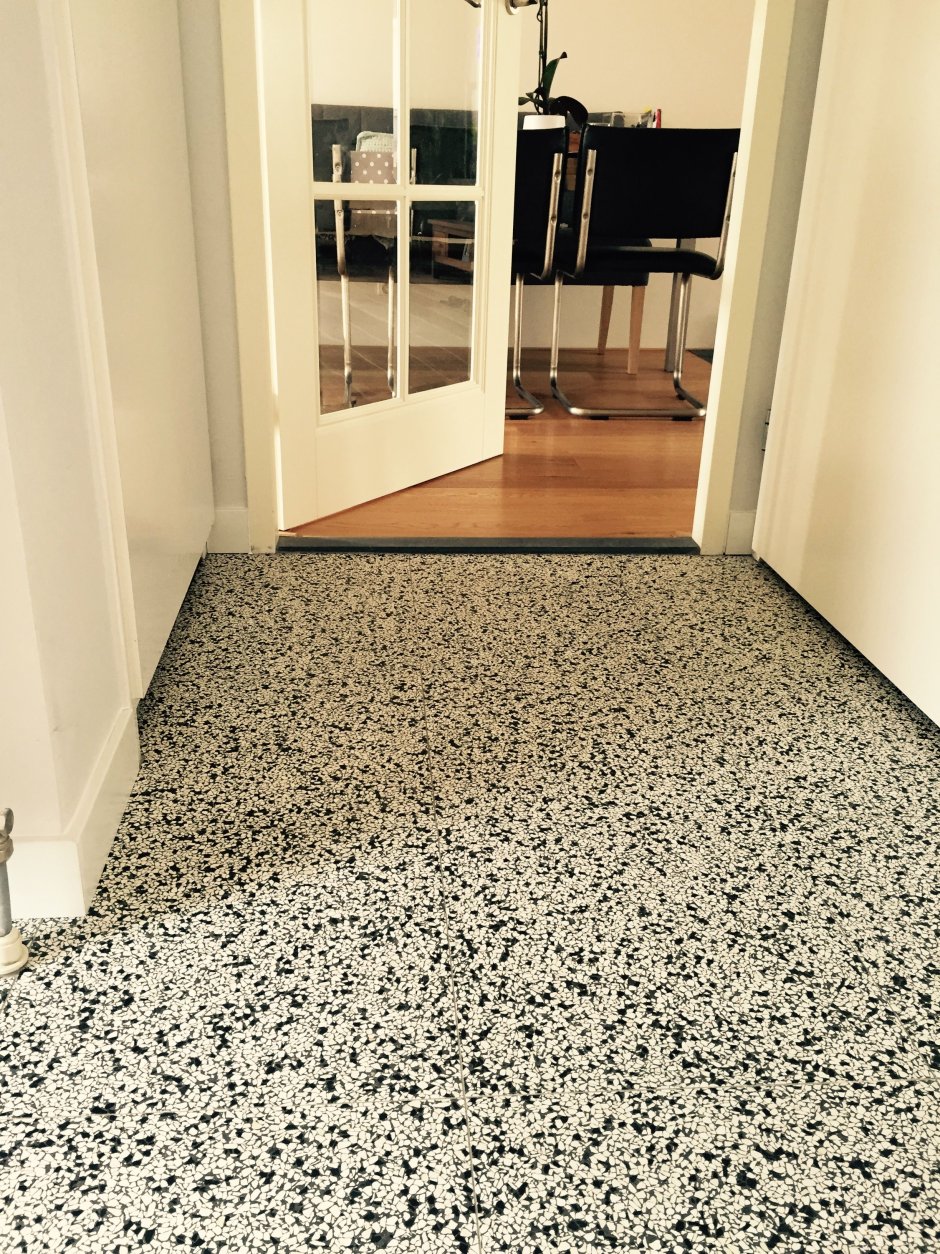
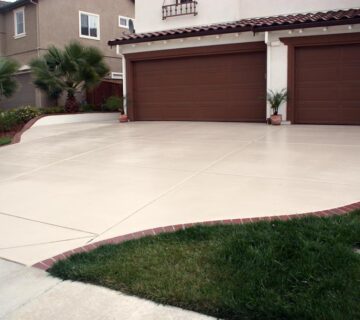
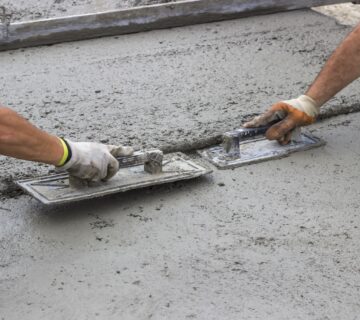
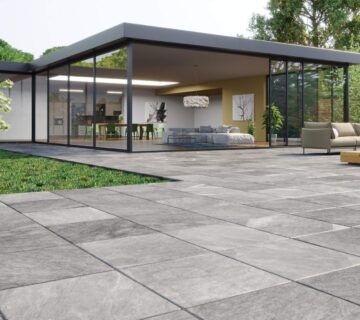
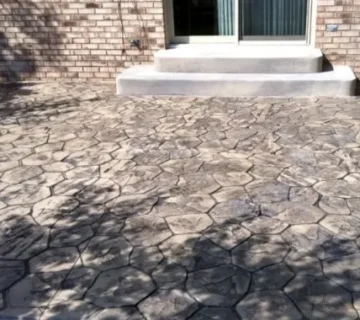
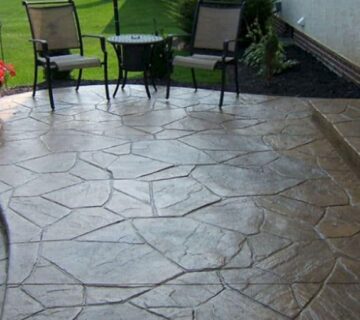
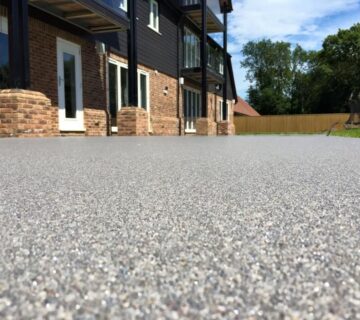
No comment